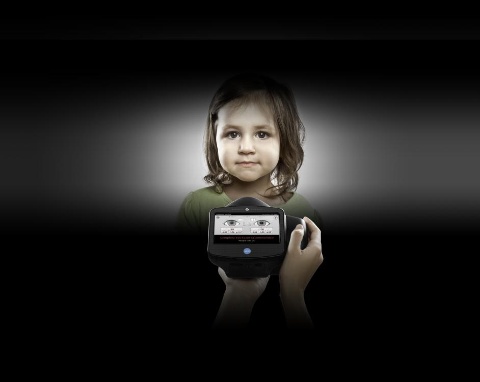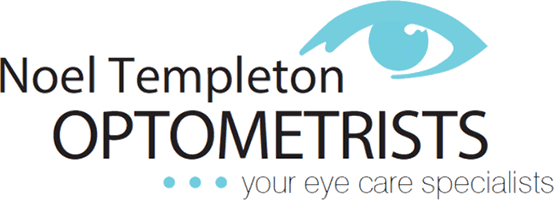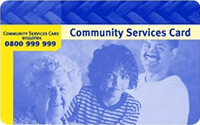-
Eye exams play a key role in ensuring optimum learning and development for children.
It’s difficult to know if or when your child needs to see an eye care provider.
For many children, an evaluation by a pediatrician may be enough. But if a child has a family history of vision or eye problems or has symptoms, he or she may need to have an eye exam.

Even if there are no risk factors or family history of eye problems, children need their vision checked at 6 months, 3 years, and before first grade.
What to Expect During an Eye Exam
Children’s eye exams should include the following components:
Inspection of the eye: The health care provider inspects the eyes and eyelids, exams the various eye muscle movements, and examines the pupils and the reflection of light from the back of the eye.
Ophthalmoscope: In older children, the eye care professional examines the back of the eye.
Corneal light reflex testing: Using a small flashlight, the health care provider looks at spot where the light is reflected from the front surface of the eye, called the cornea. The light reflected should be in sharp focus and centered on both pupils. The test result is abnormal if the corneal light reflex is not crisp and clear, or if it is off-center.
Cover testing: This test detects misalignment of the eyes. While the child focuses on a target, the examiner covers each eye one at a time to look for a “shift” in the eyes.
Age appropriate visual acuity testing: Using an eye chart, the examiner asks the child to read numerous lines of characters. It is important to test each eye separately and to be sure that the child is not “peeking” with the other eye.
Children’s Eye ExamRoutine eye exams play an important role in maintaining your child’s eye health. Learn how eye exams can detect vision problems and help protect your child’s eye health.
Symptoms of possible vision problems in children include:
Poor school performance
Not wanting to go to school
Difficulty paying attention
Difficulty when reading and writing
Trouble seeing information on the chalk board
Blurry or double vision
Headaches or eye pain
Taking longer than normal to complete homework
More On Children’s Eye Exams
Location & Contact Details
© 2017 - 2025 Noel Templeton Optometrists



